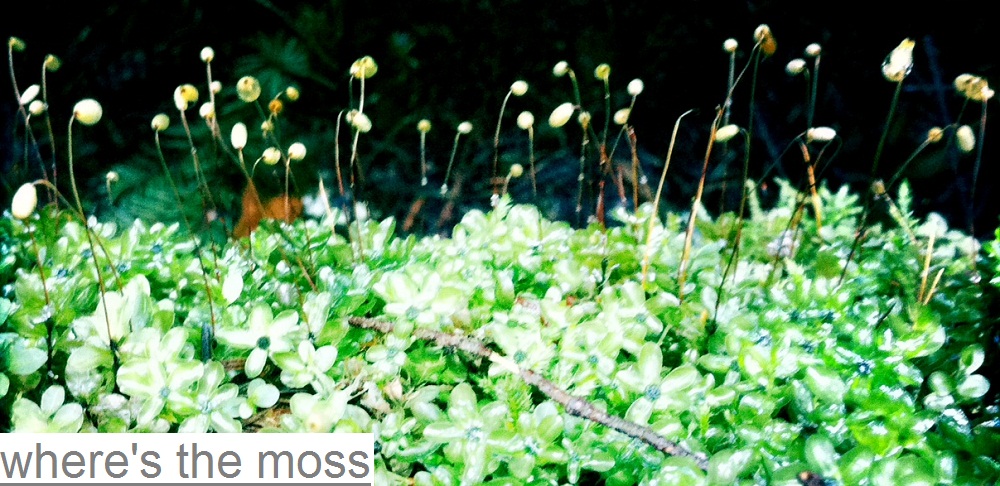We've been working on a project to track pathogens in the Broughton salmon population. By carefully examining both the exterior and interior of our subjects and taking little samples of salmon hearts and gills and fins, we send our work off to a lab to be tested for viruses and origin of the individual fishes; how healthy are these creatures? where where they headed before they met a hook and net? are they at risk for developing infection that could compromise their sisters?
Tonight I scalped up a giant -- a bright and powerful Chinook exactly one meter long and so heavy I could hardly lift her. She was bursting with eggs, tiny jewels, the potential to repopulate an entire forested stream. Her stomach was empty except for three small silvery capelin, hardly digested. She was silver-bright, her fins thick and powerful, her teeth the layered needles of a great predator.
Something here, in the the the gill filaments, the smooth belly, in the organs arranged on a plate, a flash of recognition: I have seen this fish before.
I made this fish out of felted wool and silk embroidery thread three years ago as a part of an exhibit at the Steveston Cannery; an old industrial building, decommissioned over twenty years ago but still smelling of fish grease and diesel.
I hung my sculpture fish, a ghost, in the heritage building; before I knew what the inside of a fish really looked like, felt like, smelt like, but embroidered and sculpted, and combined fibre upon fibre to create what I imagined a salmon be, how her body may fall apart and decompose.
Now here, where time runs in circles and knits back onto itself, I count and photograph these Chinook, Coho, Pink. I slip knives through their scaly skin and their pink membranes and record their colour, texture, shape -- the crisp edges of the spleen, dark red and pointed, the tan-mottled brown-green of the liver, and the deep blood red in the gill filaments.
With this project comes the actions of our relationships to these creatures; balancing on boats, tying knots to docks, filleting and smoking and canning these slippery fish. The weight of the downrigger and the arc of the fishing rod, the colour of dawn on the water, the shine of scales on your fingertips and in your hair. The imaginary of the art meets the salmon guts, spilling over onto parchment paper, the multiple of the fish, the unique texture and the realness of place once only dreamt about.










